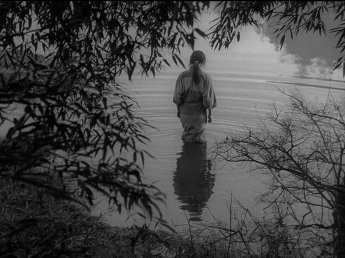Jack Chamber’s longest film, called “one of the few great films of ALL cinema” by Stan Brakhage and ignored by most everyone else aside from Fred Camper, is a beguiling experience. Its first half consists of a series of dense superimpositions of material that seems to be stock newsreel footage of London, Ontario. Significantly, the forms buried here only begin to become legible when shadow crosses shadow—otherwise everything is a blown-out blur. There must be a profusion of contradictory images before any one image makes sense. That’s the theory that informs the flow of the whole film.
Chambers said that the theme of The Hart of London is ‘generations,’ which is accurate but something of an understatement. What comes through is a real feeling for the history of the city, and the relationship between children and their parents, but also the relationships between the residents and the city fathers, between local events and national attention, between daily life and its translation into news fodder, and finally between humans and the wider animal kingdom. It’s a film that studies particular cases and circumstances under wider notions of hierarchy, ancestry, and history. In a sense, it’s an ecological film.

1 comment:
This film was more difficult to watch than any other film I have ever seen. The first half an hour is almost completely over-exposed, so that you can barely make out any images at all.
Post a Comment